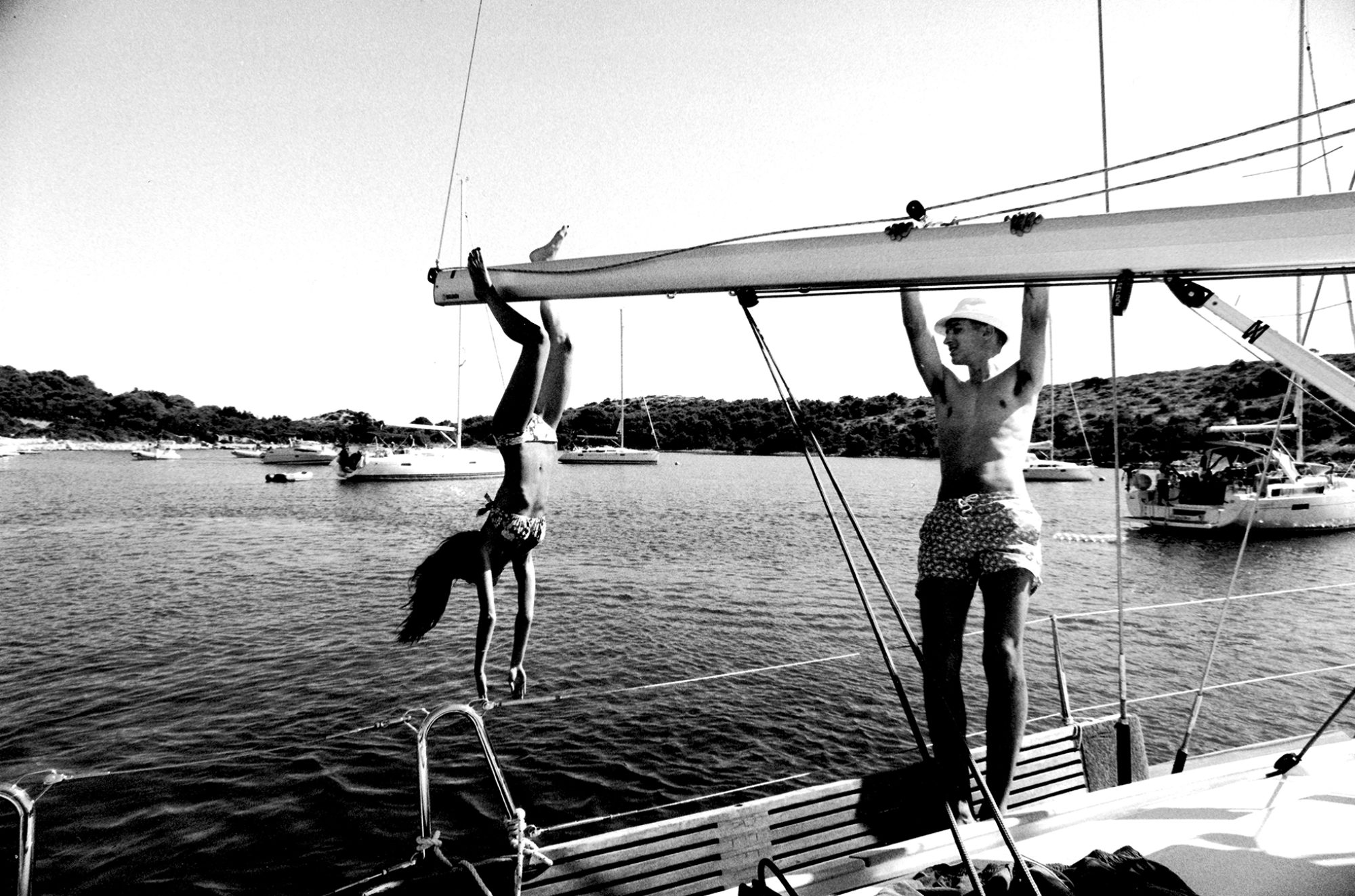During my latest trip to Japan I decided to make a small photo-project based on infrared pictures of brutalist buildings around Tōkyō. I previously did much research on which buildings to photograph, and Blue Crow’s map really helped me. I ended up drawing a sketch map of the route I would have taken, to understand whether it would have been possible to make it in just one day – also considering that I would have been able to make it only during the first few days in Kyōto, since they were more relaxed. Luckily I managed to plan a round trip around the city starting from outside the Tōkyō station and ending a few train stops from it, and taking the shinkansen back in the evening proved to be easy.

Such schedule drove me to pass by some of the most fascinating architectures in the city. I walked past Maekawa Kunio’s National Museum of Modern Art and Kurokawa Kishō’s Nakagin Capsule Tower, and meanwhile I also managed to force myself to walk for a really long while. And despite being April, it was very warm. Nonetheless I endured it, inspired by the idea of testing infrared photography on concrete surfaces.

Only once back on the train, I realized that I had made a stupid mistake: distracted in the morning by the passing of a crowd while setting up the camera I forgot to screw the IR filter on the camera. Therefore, all the pictures were over-exposed and would lack the look typical of that kind of photography. Desperate, I decided to check the weather forecast to understand wheter there would have been another cloudless day in before the arrival of our other friends. Luckily I managed to go back to Tōkyō two days after, re-take all the pictures and not interfere too much with the remaining part of my trip. Few places inspired me more during the second visit, while other became less interesting once I had seen all the others on the previous visit. And once I developed the film back home in Italy a few weeks later I was astonished by how dramatic the results were, and how they clearly casted the same sensations I felt while there.





In the end I made a nine picture selection of the ten places I visited in Tōkyō, and added the picture I took in Kamakura at the daibutsu (i.e. Buddha statue). I feel that concrete allowed a good ratio between reflection and absorbance of infrared light, and the dark tone of the blue sky against the white clouds assists the drama in the pictures. Moreover I noticed a weird phenomenon: light spots orderly mostly disposed in the sky. I am trying to understand whether is it caused by refraction, light leak, film-base defect or else. Nonetheless, I loved this little experiment.
Thanks to Giuditta Fullone for reviewing this article.
All the images included in this article were shot on Rollei Infrared 400 film on a Mamiya 6 with a 720nm IR filter (during the shooting I used the Lumu Power for correct exposure), home-developed and home-printed in my bathroom/darkroom, and then scanned. All the drawings are made by me.



One Reply to “How I walked around Tōkyō (twice) for unusual pictures.”
Comments are closed.